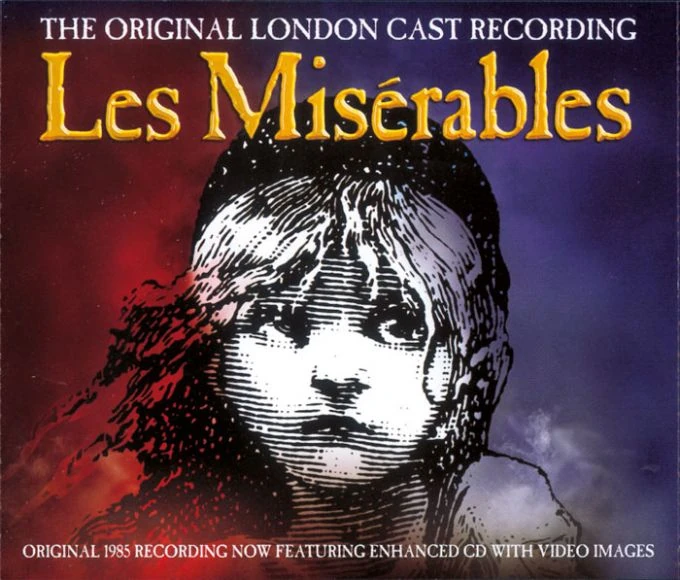In earlier posts (see Budding Libraries Part 1 and Part 2), Michelle and I introduced and then provided an update about the status of our school libraries. In this newest update, we’re going to highlight the work that has been done recently – labels!
 |
| There's something about organization that feels so... good! Don't the labels look pretty! |
Our schools are brimming with books that are looking forward to having a home on the shelves in our libraries. Labeling them must come first however. While this is a fairly easy task to complete, with one exception, it is quite time-consuming. Here’s a run-through of what it takes to affix a label to a book:
- Grab a book and look at the cover, spine, and backcover to ensure the book is in intact
- Record the author’s name
- Make note of the language with which the book was written
- Here comes the hard part… determine the book’s reading level (we’ll explain reading levels more later)
- Type all of the above information into an Excel spreadsheet in shorthand to make the label
- Print the sheets
- Cut out the labels
- Tape the labels onto the books using packing tape
 |
| One of Joe's Colleagues Affixing Labels to Books |
A Quick Explanation of Reading Levels
Reading should be fun yet challenging for learners. In the pursuit of an appropriate book, a learner shouldn’t only read books that are too easy because then the learner won’t grow. Conversely, if a book is too hard for the learner, s/he could become discouraged and stop reading. Reading levels help with this. Using the font size, use of pictures, and number of words, sentences, or paragraphs on a page, reading levels can be assigned to the books. For example, a book with large font, lots of pictures, and very few words would fall into the lowest level. Meanwhile, a book with small font, no pictures, and consisting of over 100 pages would fall into the highest level. With reading levels assigned to the books, they can be grouped together to make it easier for a learner to find a book that’s appropriate for her/him.
____________________________________________
 |
| Several Books that Have Already Been Labeled in the Library at Joe's School |
Michelle and I have been training learners and teachers how to catalogue, level, and label books. This has helped speed up the process. This has also helped teachers to see all of the fabulous resources we have and gain an appreciation for how much work goes into setting up the library and, thus, (theoretically at least) increase the likelihood that they will use these resources and work to maintain and build appreciation for the library in the long-haul.
As of January 2016, approximately 500 books have been labeled at each of our schools.
Now that teachers are back in the classroom fulltime because of the start of the new school year, we don’t have as many helping hands as we did, so the labeling has slowed down. It’s a good thing we have a few more months until our time with the Peace Corps comes to an end. Only about 1800 more books to go!











































